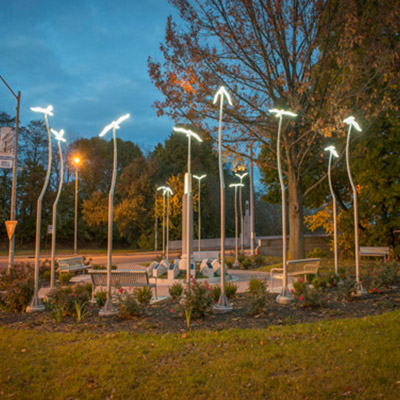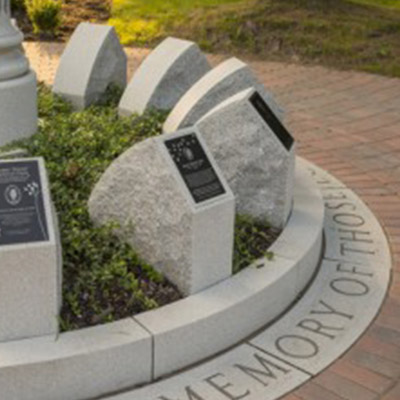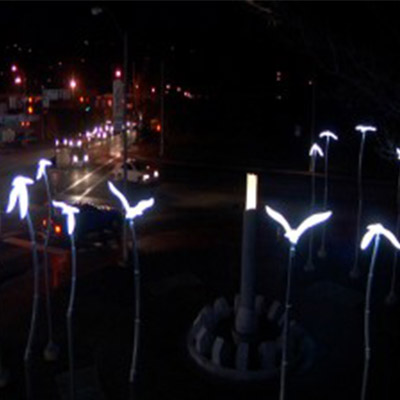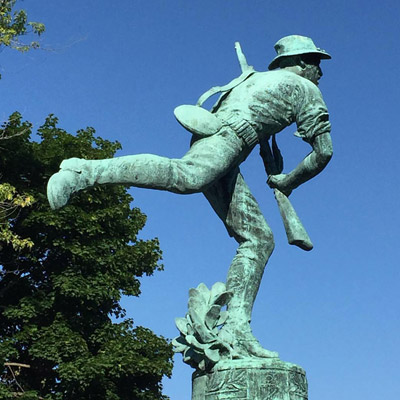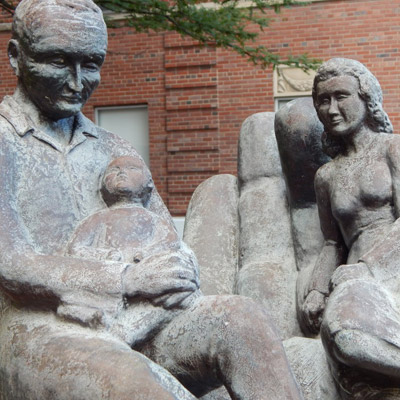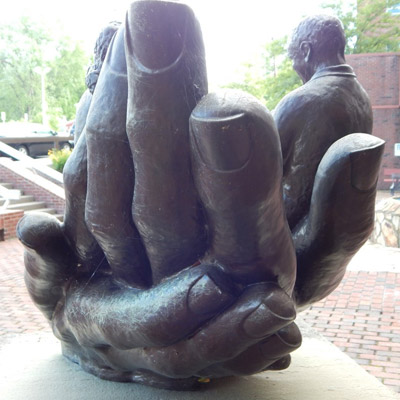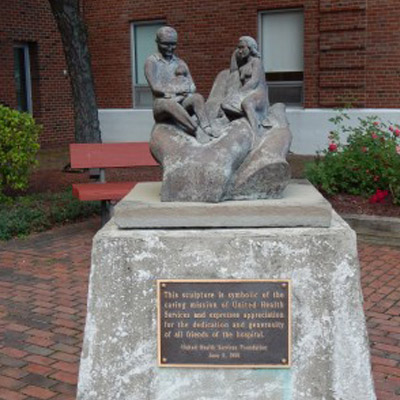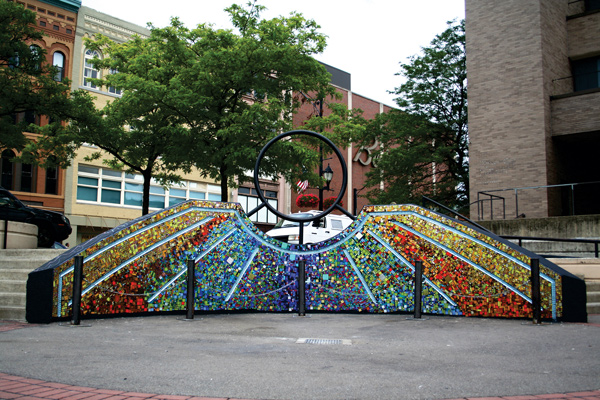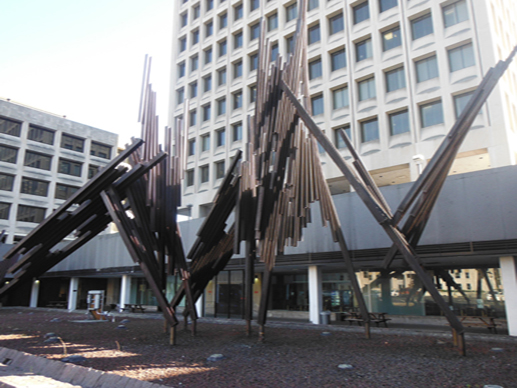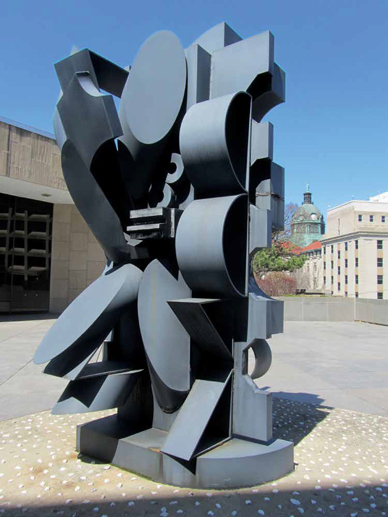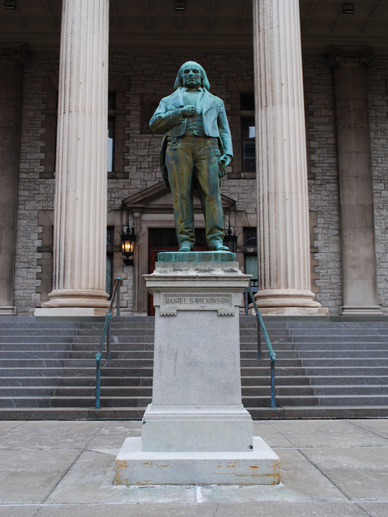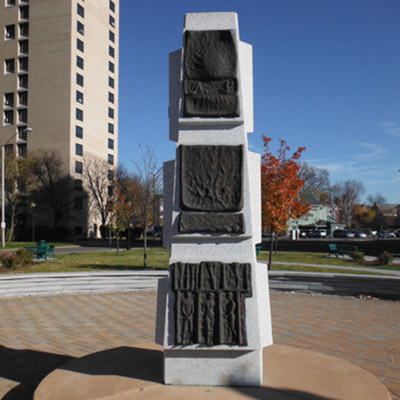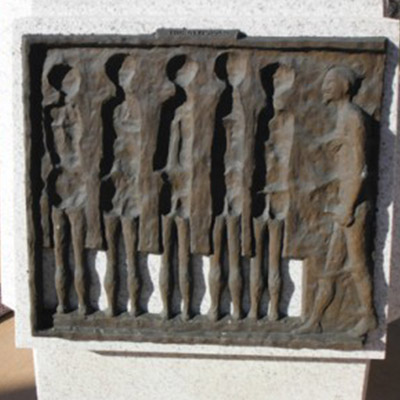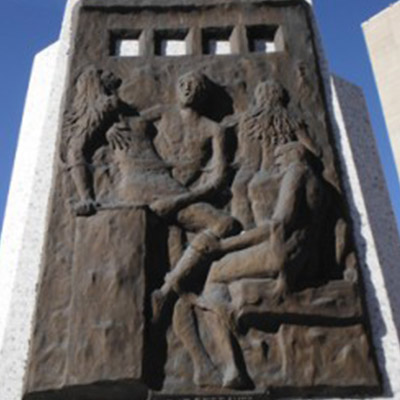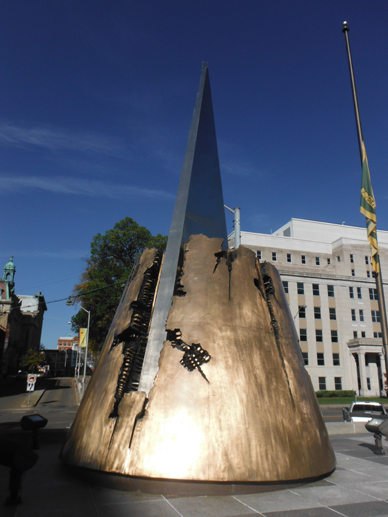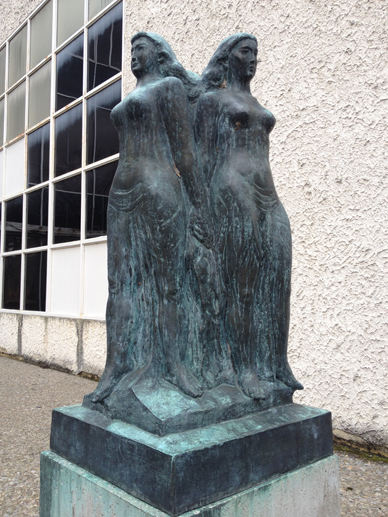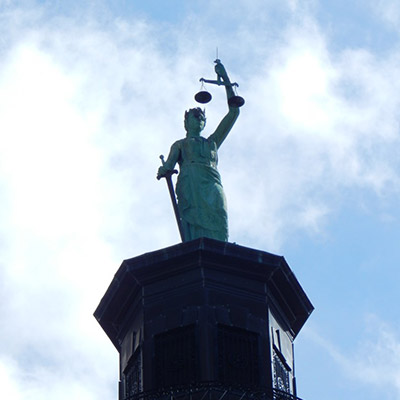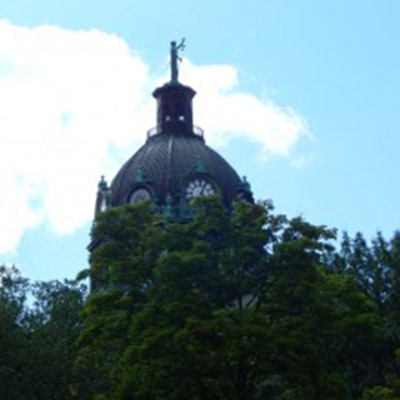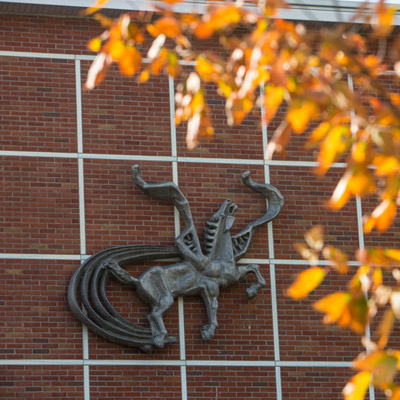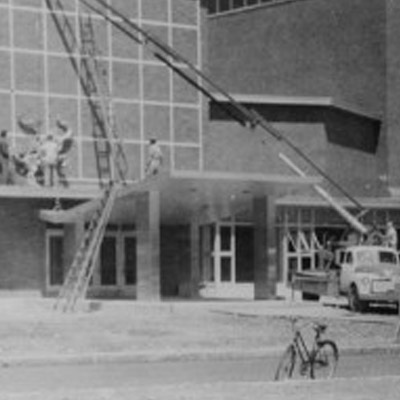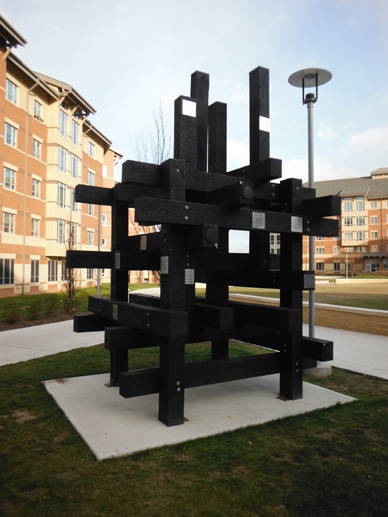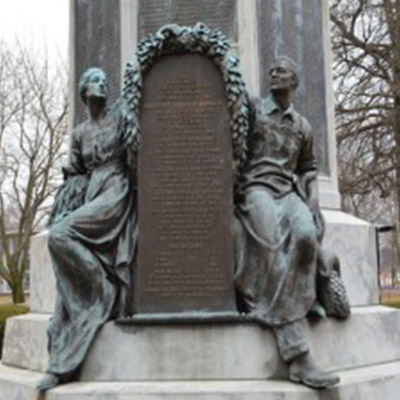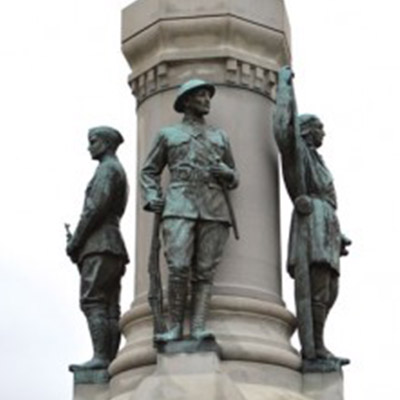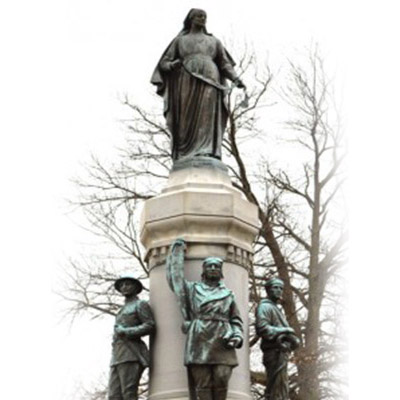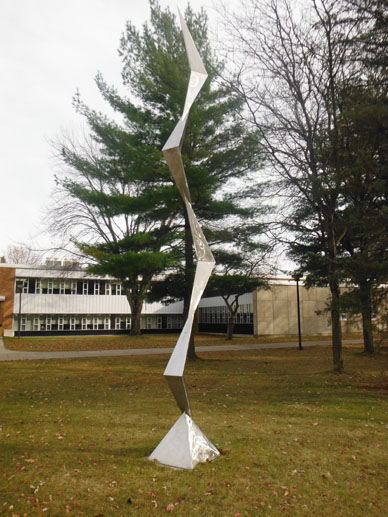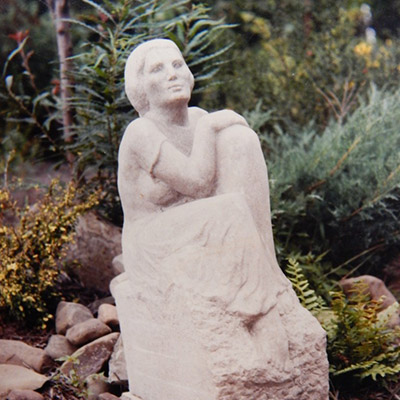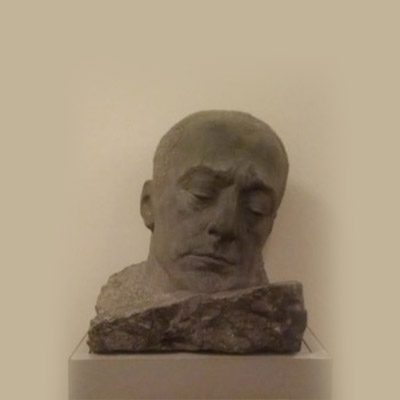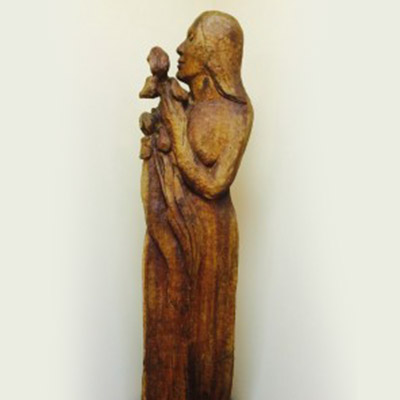Reviewed by Tony Villecco
The Binghamton Philharmonic launched its more-than-year-long Beethoven Project Saturday (Sept. 28) to a very welcoming audience at The Forum, 236 Washington St., Binghamton. Skillfully navigated by its musical director, Daniel Hege, this fine orchestra offered crisp and vigorous playing of Beethoven’s Symphony No. 1, op.21 and Symphony No. 2, op.36.
Both works show the seed of the composer’s genius and how he would forever change the symphonic form. In particular, Beethoven switched out the traditional minuet movement, replacing it with the scherzo (or what some would call a musical “joke.’”). This. at first, perplexed his public and frustrated his musicians. Not necessarily these two symphonies, but later works were considered so musically violent and out of the normal Haydn/Mozart mold that orchestra players, frustrated by the level of difficulty, declared the music to be “unplayable” and its creator to be “a mad man.”
Beetoven had studied with Haydn and was greatly influenced, by Mozart but it was Bach who really earned his admiration. As a fact, he even said of Haydn, considered to be the master of the symphony, that “though I had some instruction from Haydn, I never learned anything from him.” Beethoven’s individuality must, in large part, be attributed to his own unique and immense talent as well as the impending deafness which caused him to remain anti-social.
Symphony No. 1 opened quietly, unlike some of his later works which come down on the listener like a sledgehammer. There was some fine and precise playing by the strings while the second movement gave way to the horns and had more of a rocking, flowing feeling. The third movement was spritely and sunlit with some florid passage work again from the strings. One solitary chord opened the fourth movement, which became a frenzied, gushing river of sound.
Before the Symphony No. 2, the audience was treated to an explanation of deafness — and how it affected the master — by audiology specialist Dr. Rebecca Jacob. The orchestra then demonstrated how the music would have sounded to Beethoven at the onset of his hearing loss around 1801, the year his first symphony was published.
Symphony No. 2 (1801-02) started on one dominant chord with clear rhythmic and melodic foreshadowing of the later Mass in C Major. Woodwinds and flute cascaded along eventually making the symphony more energized with more tension in the harmonics. The cellos had quite a workout as well as the work eclipsed into the second movement’s beautifully soft and lyrical opening. The third movement was a swirl of colors, and, by the fourth and final movement, it was both stoic and humorous while encompassing every instrument.
Overall, the concert was a spectacular opening for the orchestra, which is concentrating its season on Beethoven with a myriad of performances spread throughout local venues. Hege led with a firm but gentle hand, eliciting some gorgeous sounds and glimmers of what would come in Beethoven’s extremely passionate and demonstrative composing. A standing ovation gave credence to an evening of appreciation for, not just the orchestra, but the man who was and can never be replicated, Ludwig van Beethoven.


